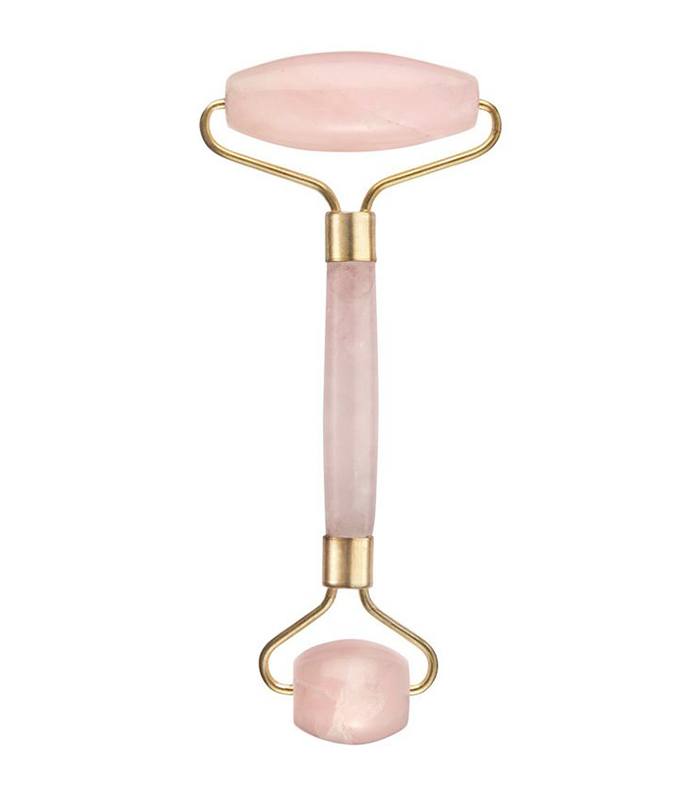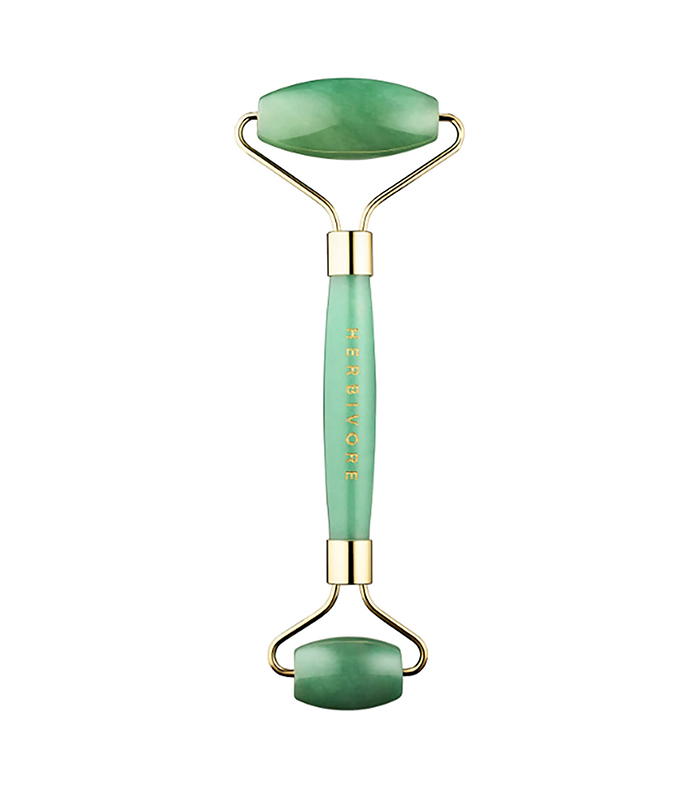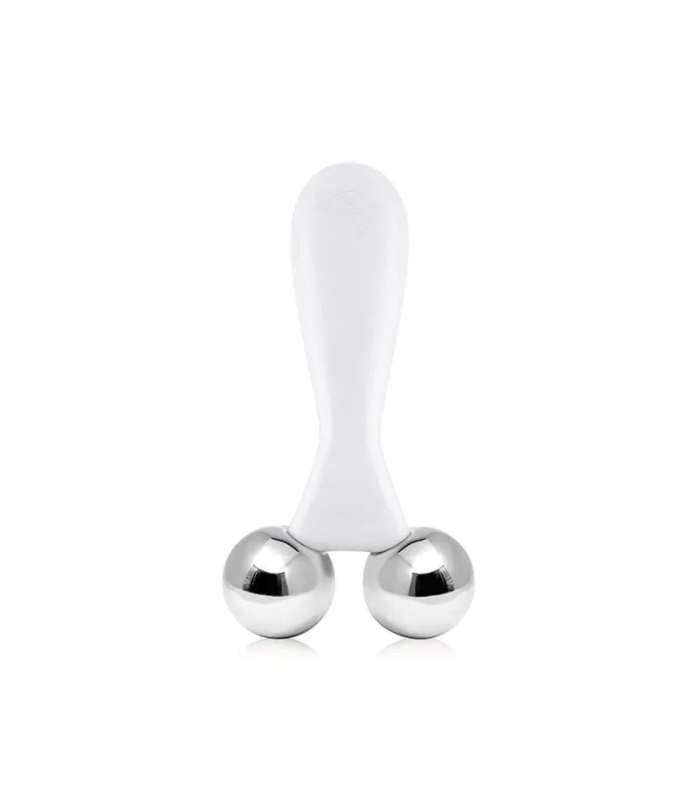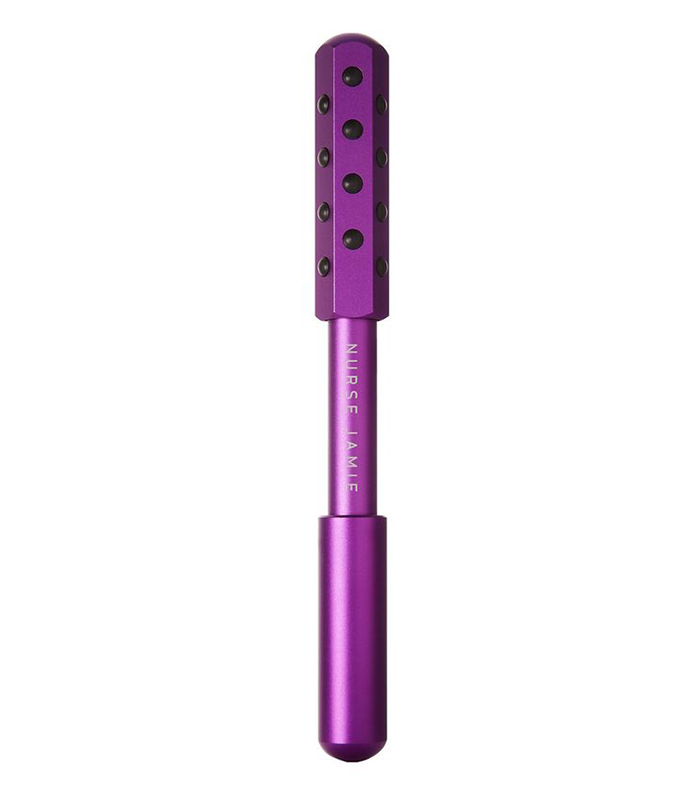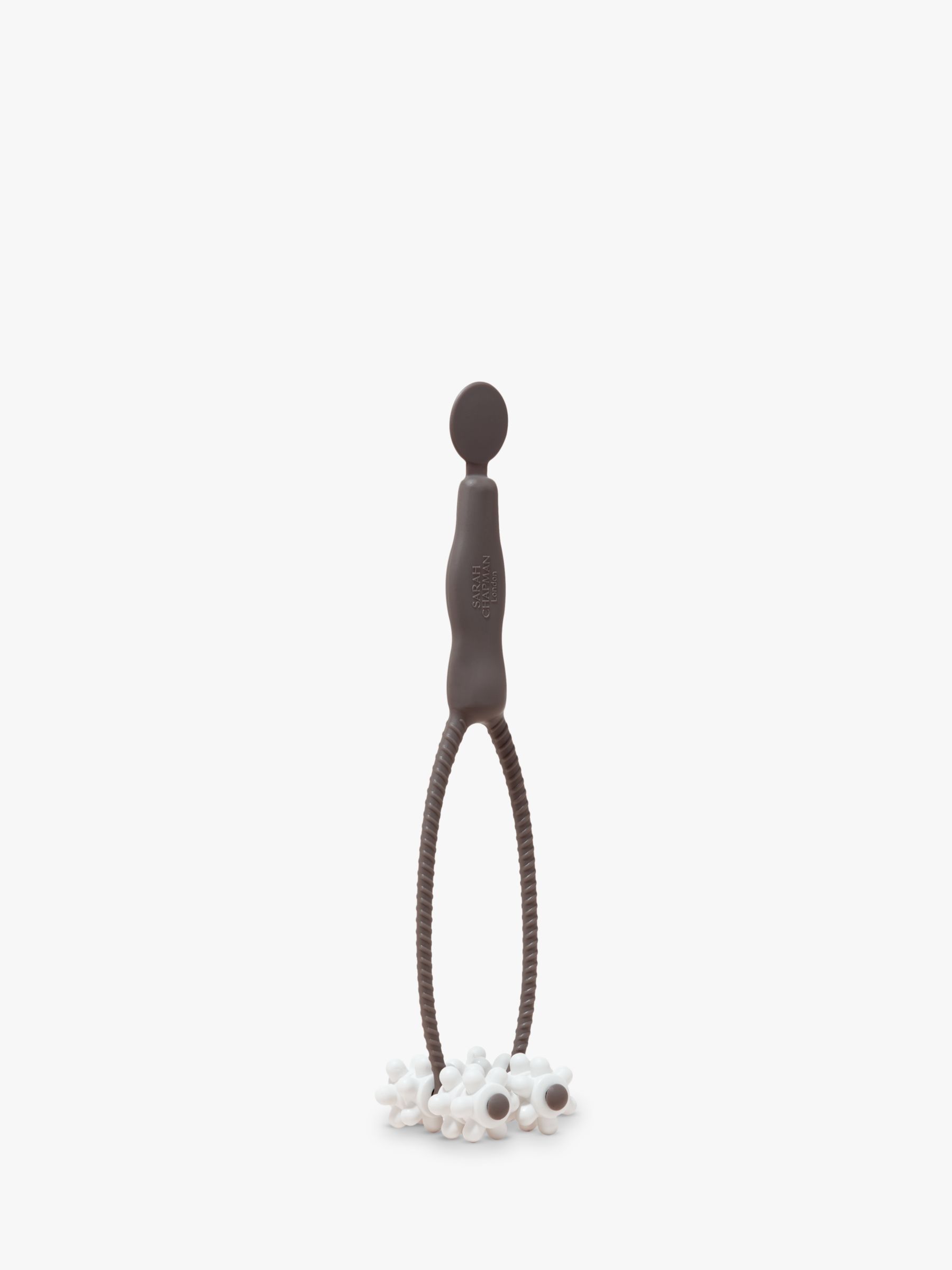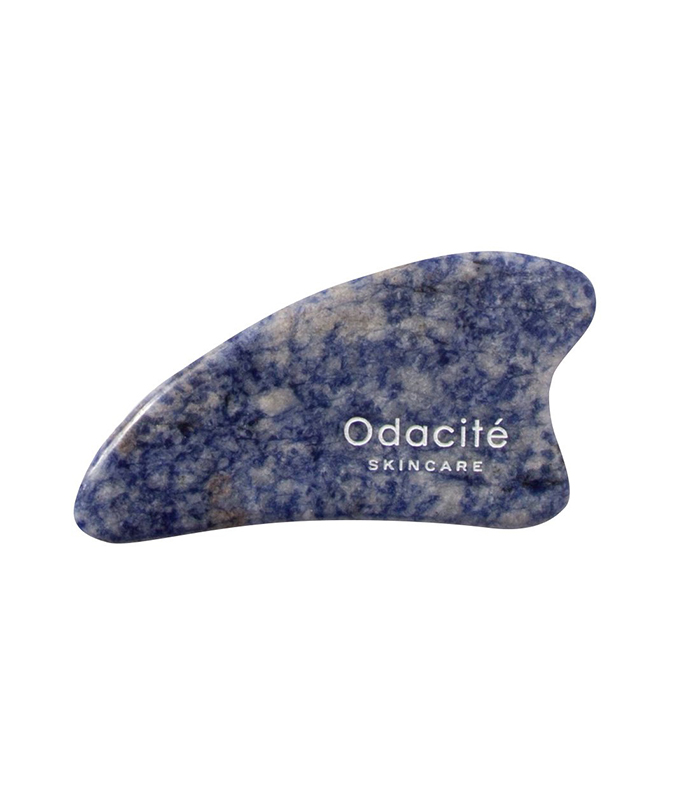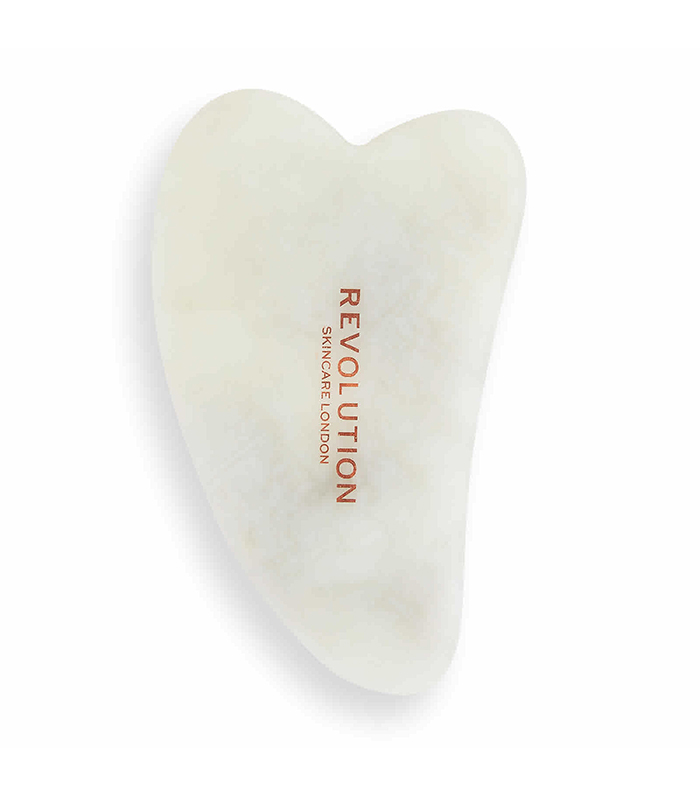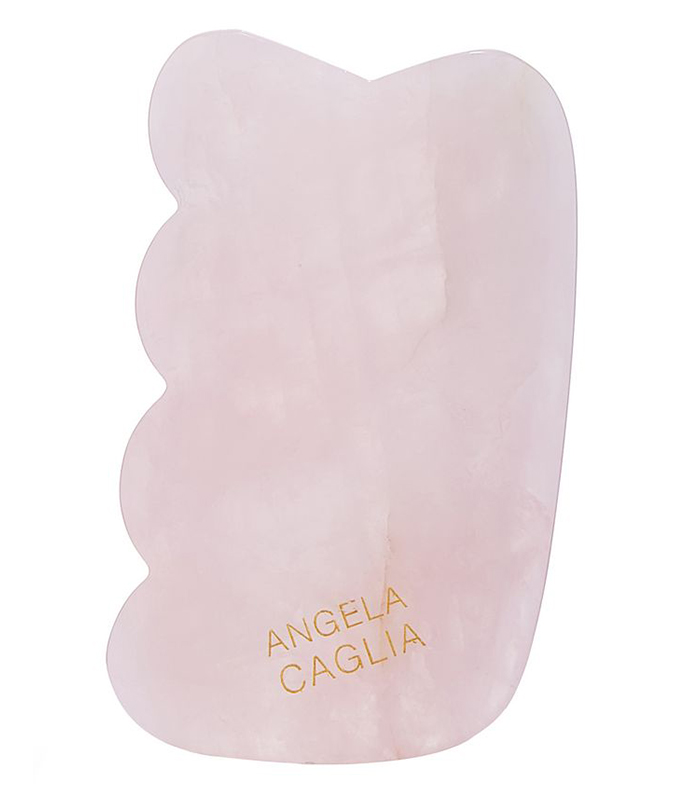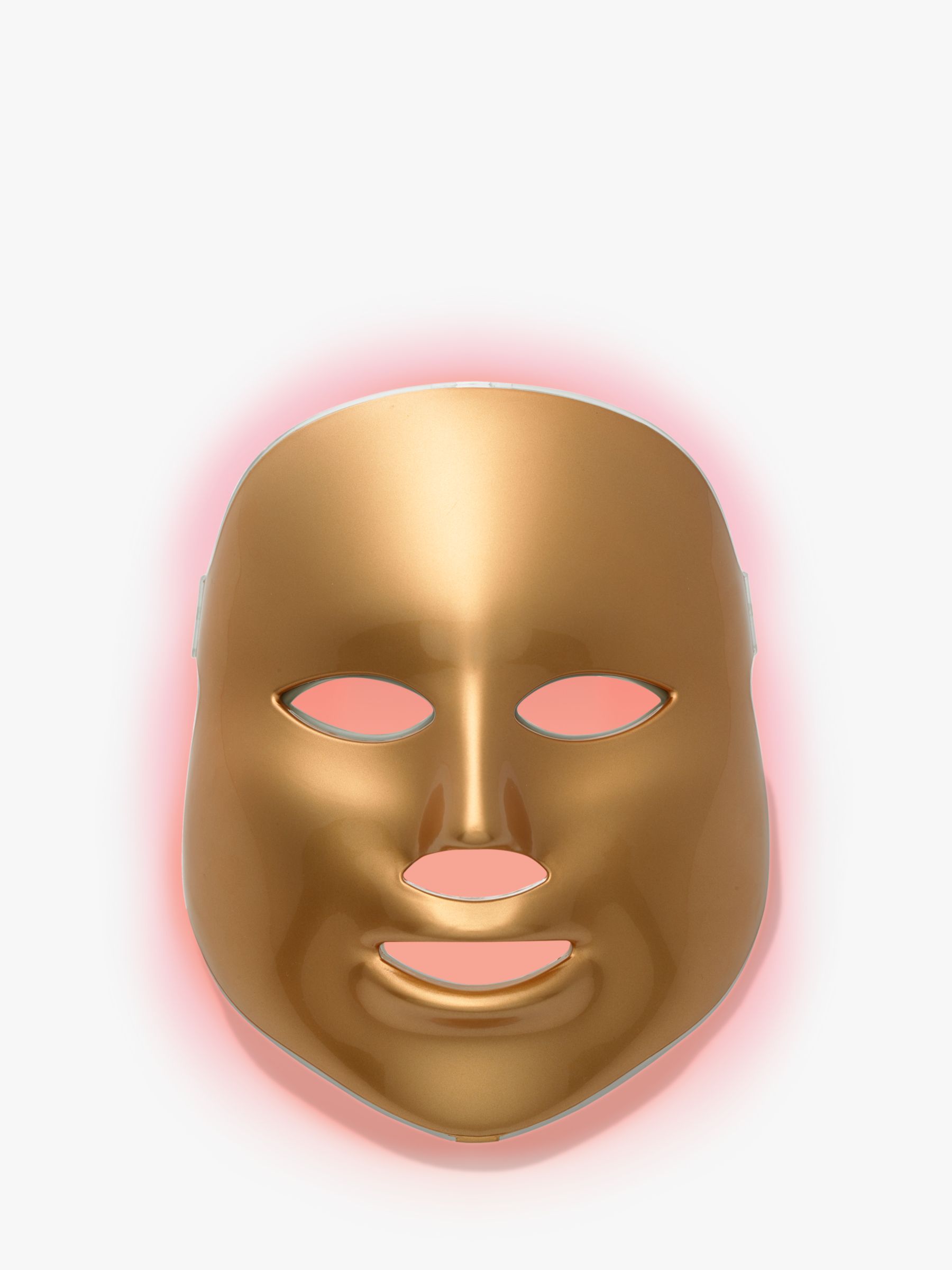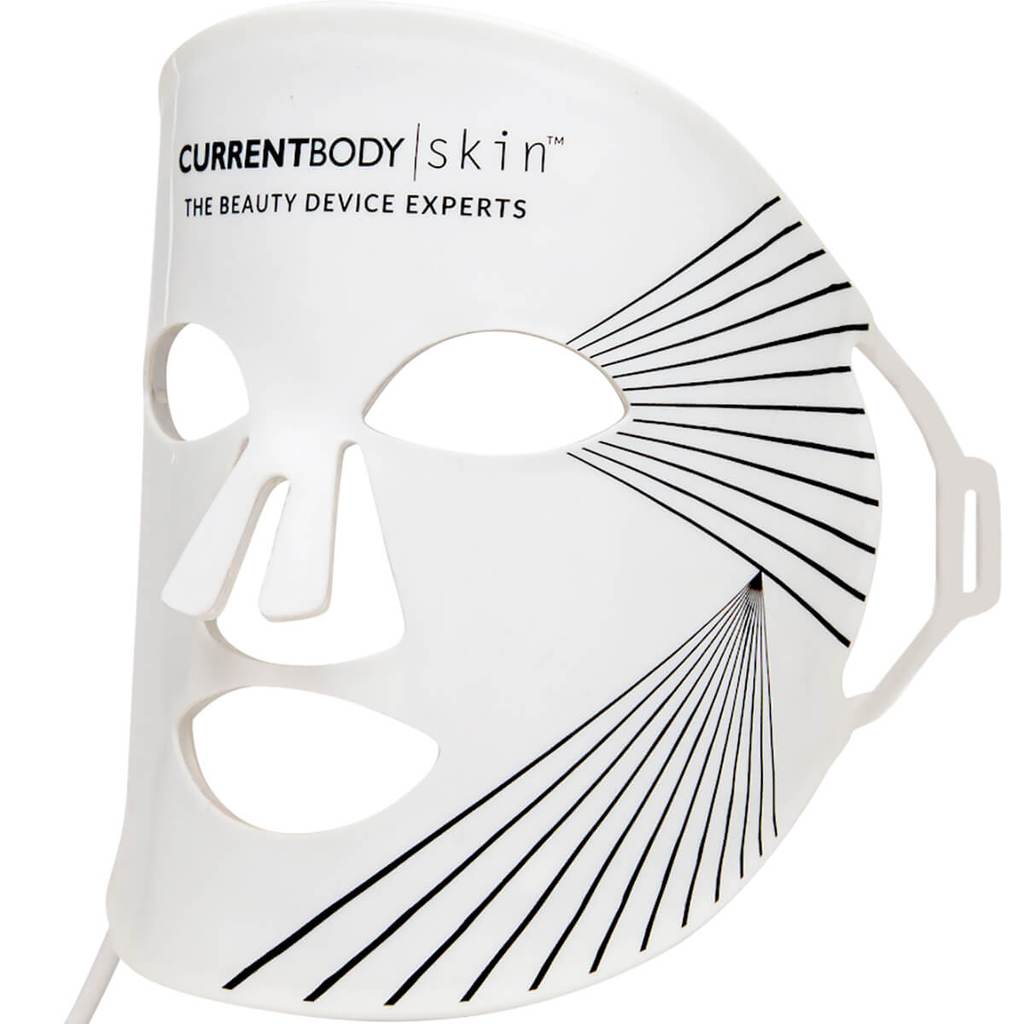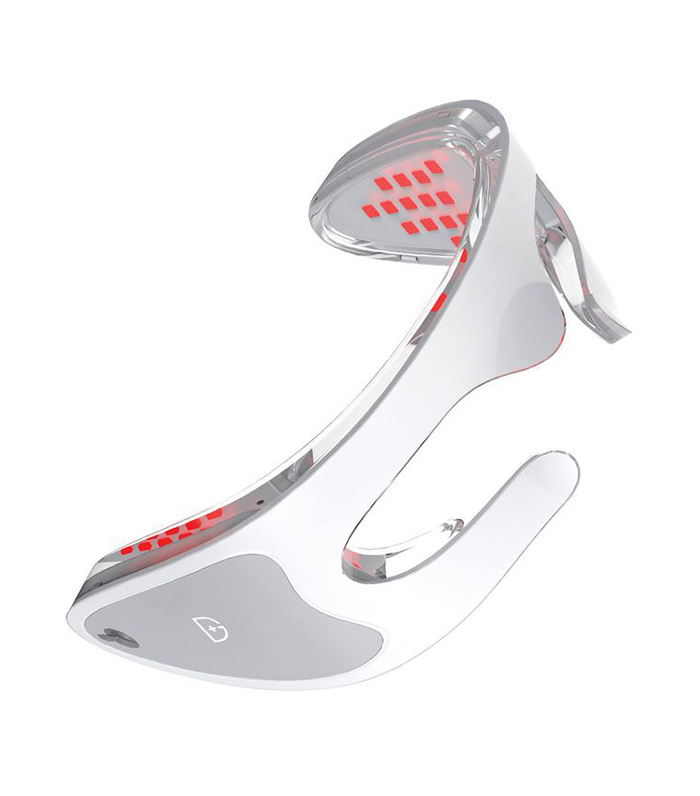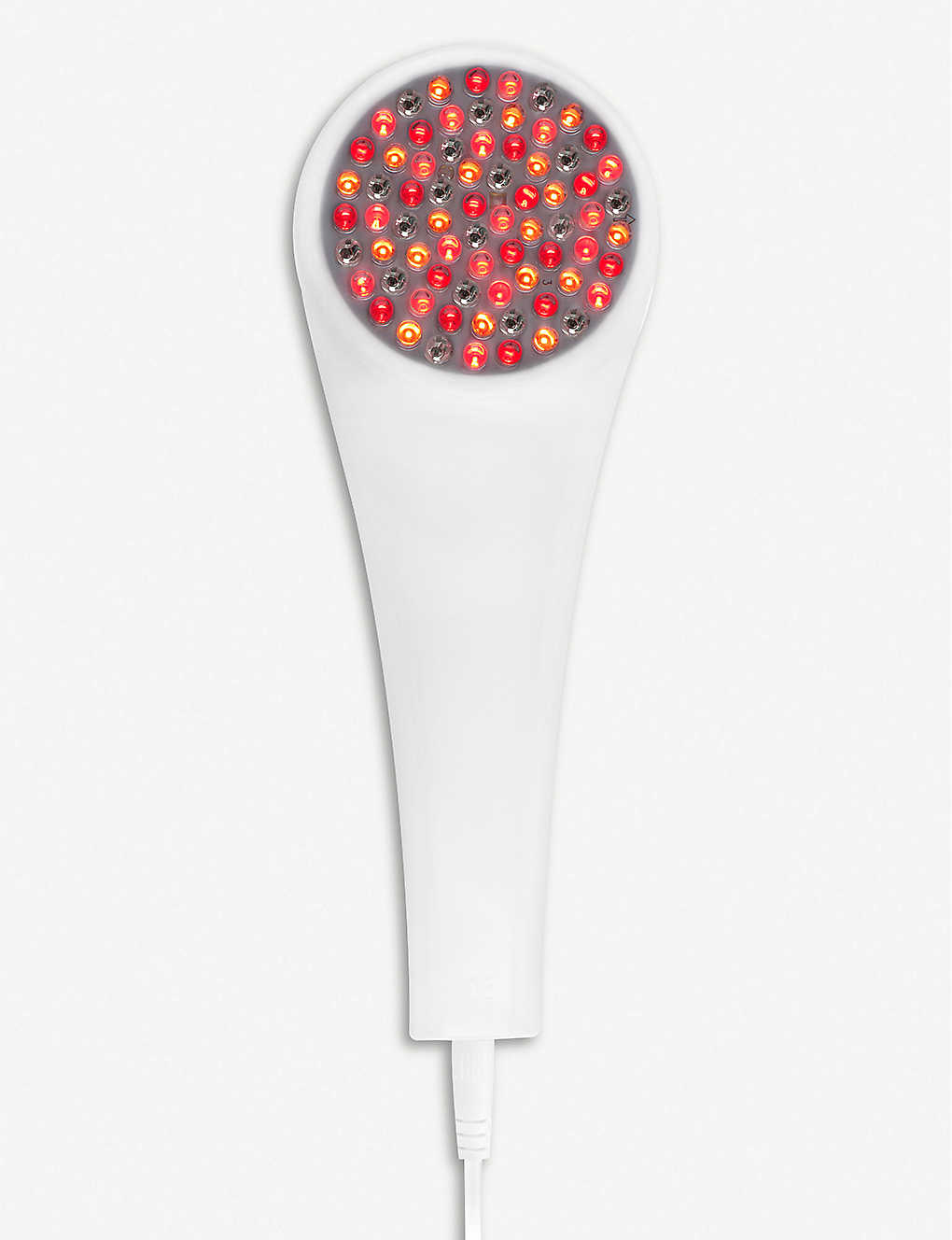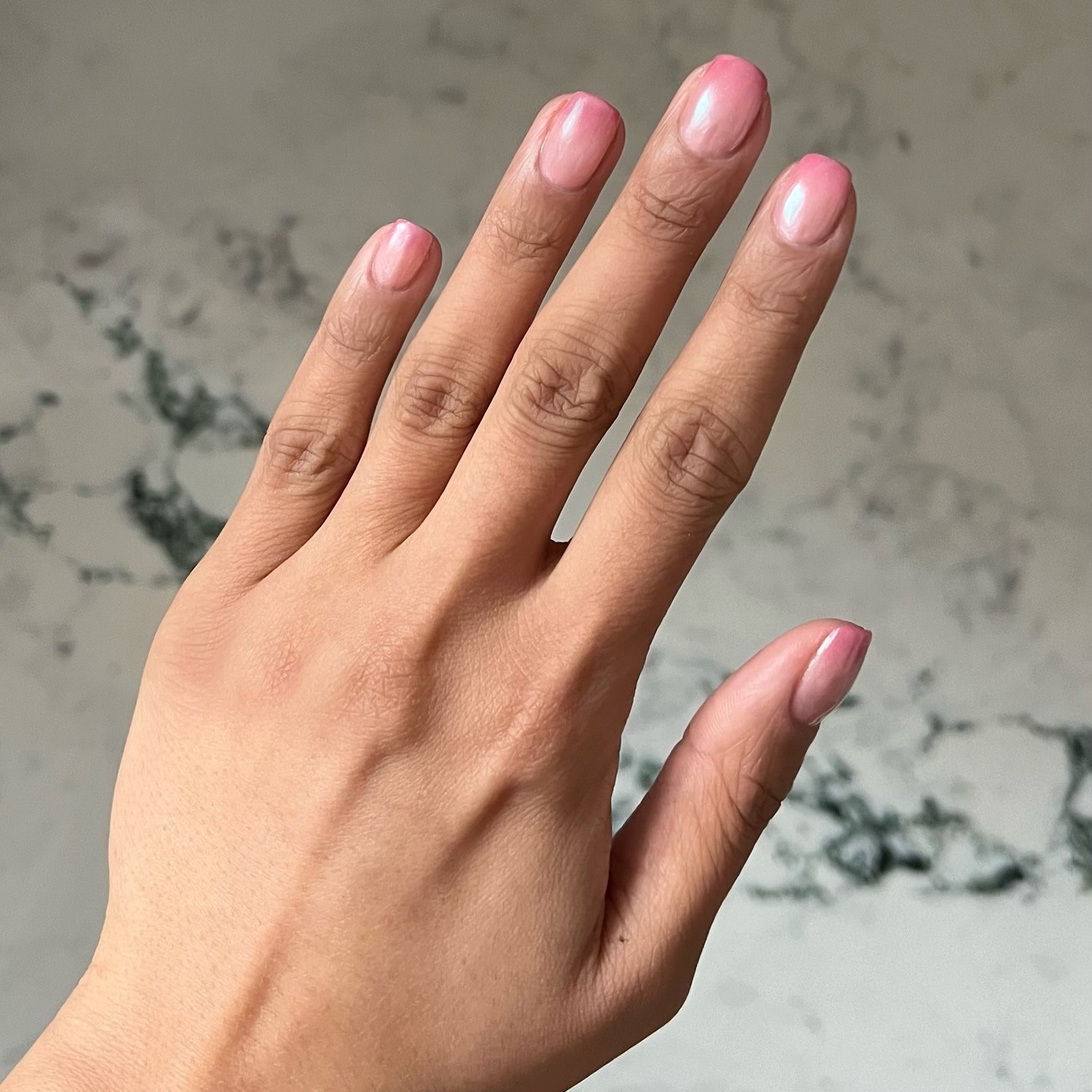Facial Tools Are Having a Moment—These Are the Ones Experts Actually Recommend
For many years, I regarded at-home facial tools to be nothing more than pricey gimmicks. Whether I was watching somebody aggressively scrubbing at their skin with a rotating cleansing brush or gently running a vibrating toning device up and down their jawline, my view was that facial tools were something you got for Christmas, used once and then sat in a drawer collecting dust for years to come.
And for the most part, I was right. The facial tools of yesteryear didn’t promise a great deal of benefits. But since then, technology has advanced, and so has our understanding of skincare. Now, high-tech electronics and expert-backed massaging techniques have paved the way for a whole new era of facial tools, and they’re more popular than ever. A quick scroll through Instagram will uncover a whole bunch of celebs and influencers that swear by facial tools for a youthful, glowing complexion. But are they really as effective as they seem? Keep scrolling to discover the at-home tools that are worth your time and money (as well as those experts warn we should steer clear of).
Try: Facial Rollers
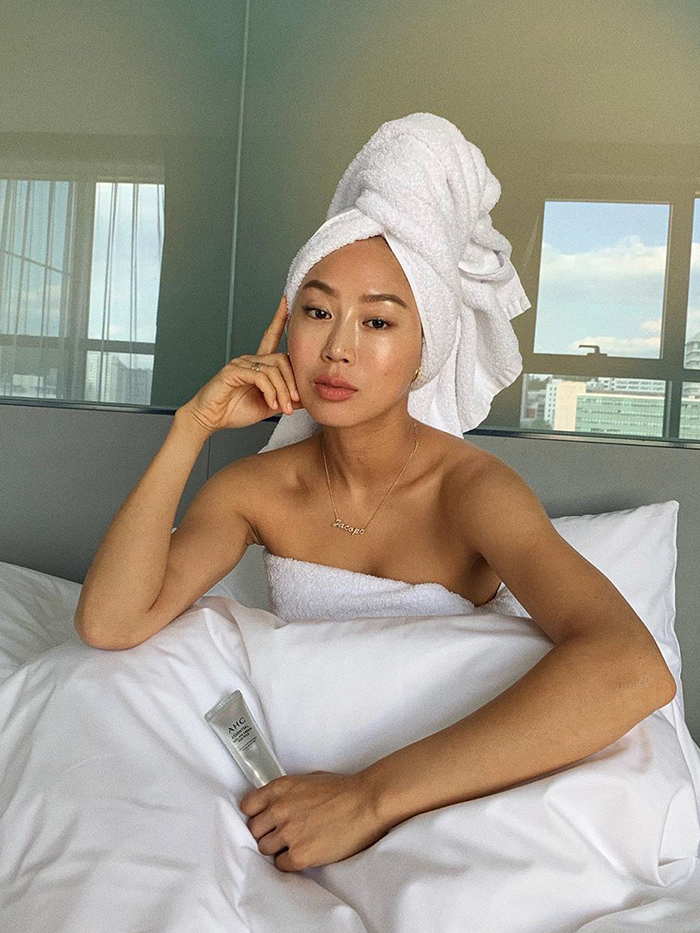
Chances are you’re already familiar with the concept of facial rollers. Popular amongst fashion and beauty girls on Instagram, these rollers are usually made from natural stone or metal and are designed to be rolled across the face to help depuff. Pamela Marshall, clinical aesthetician and co-founder of Mortar & Milk says, "Facial rollers made of jade or rose quartz are good for reducing puffiness, providing some lymphatic drainage. Some of my clients use them regularly for depuffing, but also because they feel good.”
But crucially when it comes to facial rollers, Marshall warns it’s important to understand their limitations. "In terms of changing the functionality of the skin, they can’t do much. It’s important to understand the limitations they have. I advise against using them if you have rosacea or acne. Our skin’s pilosebaceous unit does not like too much manipulation, and if given too much, it will cause inflammation,” she says.
Skip: Dermarollers
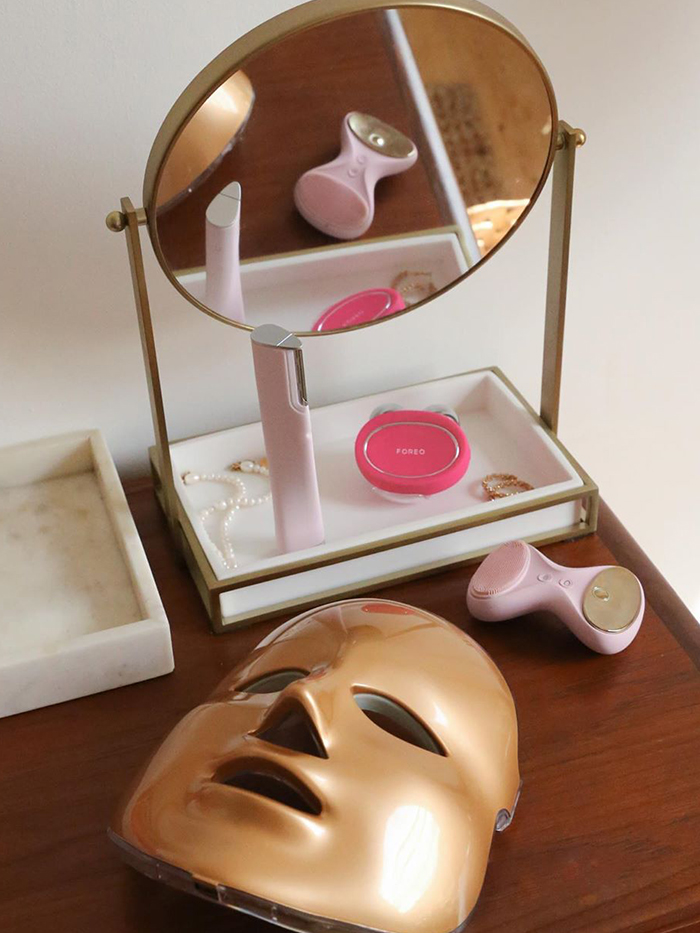
Different to normal facial rollers, derma-rollers contain a whole bunch of tiny needles. It sounds scary, but it is actually a very popular in-clinic treatment. "Microneedling is an excellent way to encourage increased collagen and elastin production. In clinic, we use titanium needles and medical-grade hyaluronic acid. It’s an incredible treatment to help reduce signs of premature ageing and acne scarring,” says Marshall.
Having said that, when it comes to at-home derma-rolling, the risks are extremely high. "Microneedling isn’t for everyone. I would never treat skin with active acne. I’m not sure why it is even allowed for consumers to create thousands of micro-channels in their skin when they don’t understand the science behind it. But most importantly, at home we cannot guarantee the cleanliness of the needle heads,” she warns. At-home derma-rollers are a hotbed for bacteria and fungal matter that might not be visible to the naked eye, therefore potentially worsening the state of your skin.
Try: Gua Sha
Not too dissimilar from a stone facial roller, a gua sha is a sculpted stone designed to be scraped across the face to help depuff and boost circulation. Celebrity Facialist and Skin Expert, Abi Oleck says: "The gua she is a great home tool. A gua sha facial massage can help enhance circulation and eliminate toxins. Scraping your face with repeated strokes will stimulate blood flow and help with lymphatic drainage.”
Skip: Dermaplaners

The concept of dermaplaning in-clinic is that a very sharp scalpel is used to remove peach fuzz and dead skin cells from the skin to reveal a soft and glowing complexion. "When performed by a fully-trained professional, a dermaplane treatment will involve a scalpel (used for making skin incisions) being used very lightly across the surface of the skin. It is incredibly sharp,” warns Oleck. So how can this even be done at home? To start with, at-home dermaplaners are not medical scalpels and are no where near as sharp. However, this means the results are not nearly as effective. If you want to reap the benefits of dermaplaning, it’s best to book in for an appointment.
Try: LED Devices
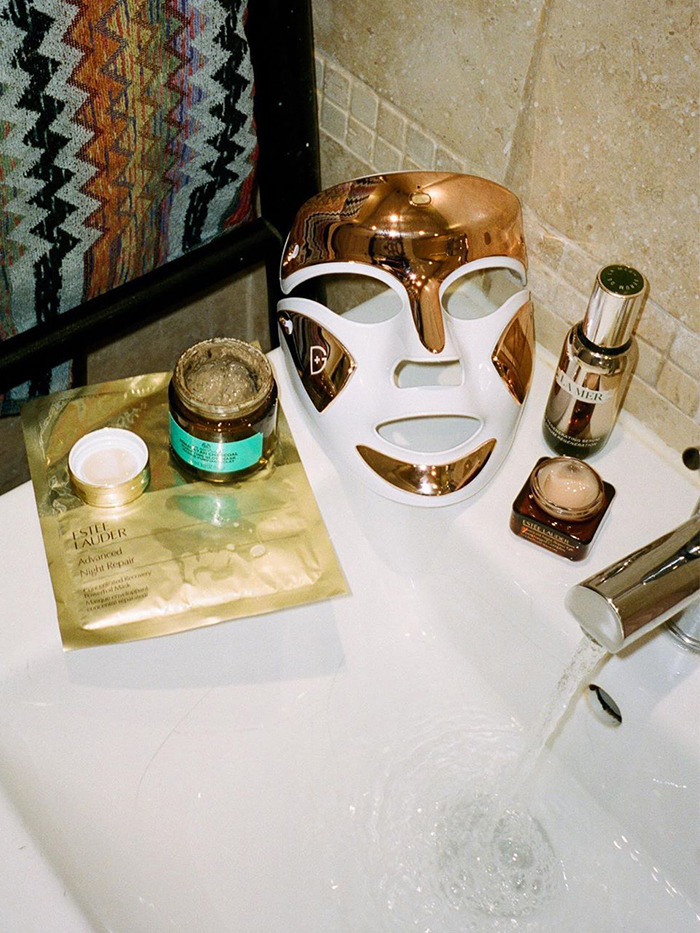
Celebrities like Victoria Beckham and Chrissy Teigen have popularised the use of at-home LED masks. In fact, LED mask selfies seem to have totally taken over social media this year. But what do they actually do? And are they worth the eye-watering price tags? "LED leads the way in actually benefitting the skin both in clinic and at home,” says Marshall. "Used regularly, LED light therapy can reduce inflammation, kill bacteria, stimulate cell renewal, reduce pigmentation and reduce the signs of premature ageing. They are expensive, so it’s got to be something you know you would use often.”
Skip: Pore Vacuums
Pore vacuums appear to have had a real resurgence recently, quite possibly down to the satisfying video content that has flooded social media that show gunk being, quite literally, sucked out of pores. However, at-home devices are not recommended by experts. "The problem with people buying pore vacuums for at-home use is that they are not qualified to understand the skin and the pressure required. Misuse can lead to red marks and bruising across the face. Leave this sort of thing to professionals,” explains Oleck.
Shannon Lawlor is the beauty director at Who What Wear UK. With over a decade of experience working for some of the beauty industry’s most esteemed titles, including Marie Claire, Glamour UK, Stylist and Refinery29, Shannon’s aim is to make the conversation around beauty as open, relatable and honest as possible. As a self-confessed lazy girl, Shannon has an affinity for hard-working perfumes, fool-proof makeup products and does-it-all skincare.
